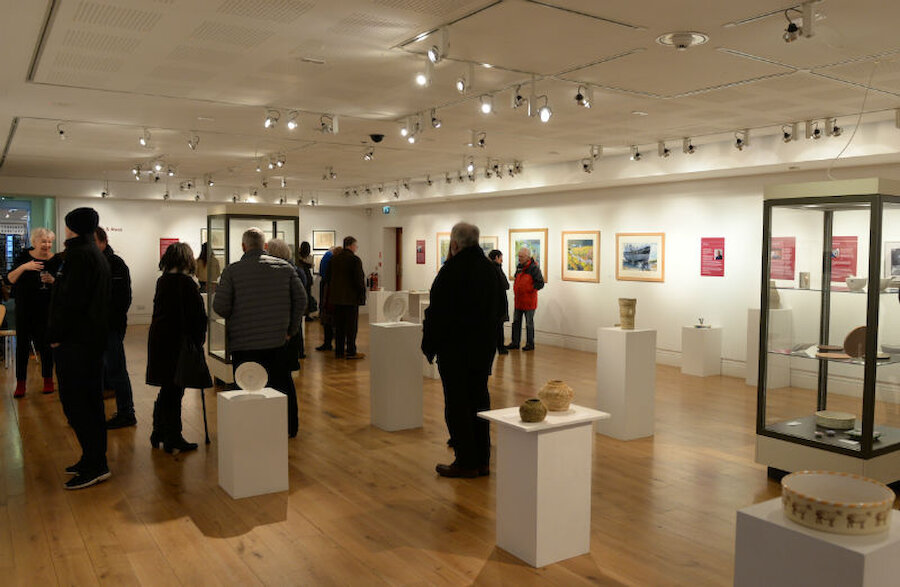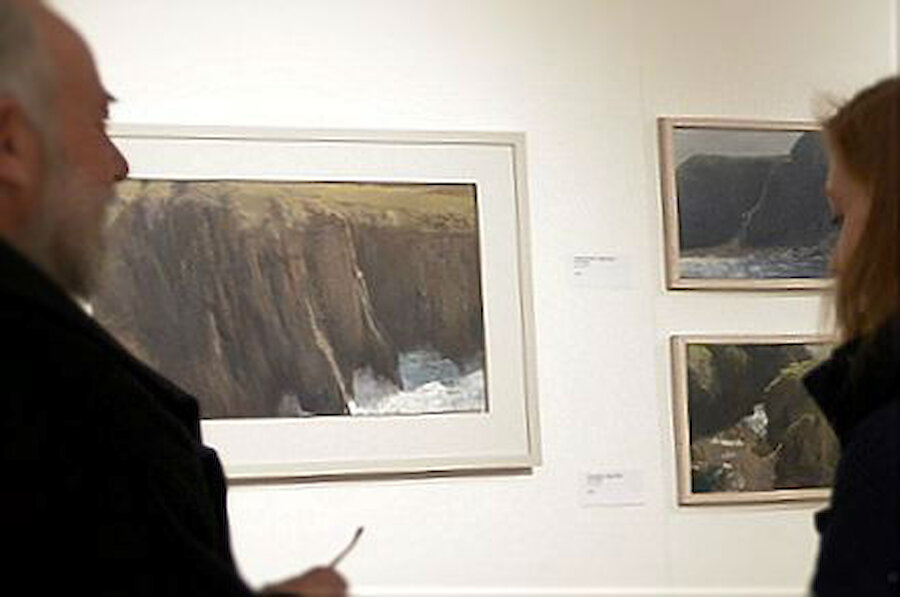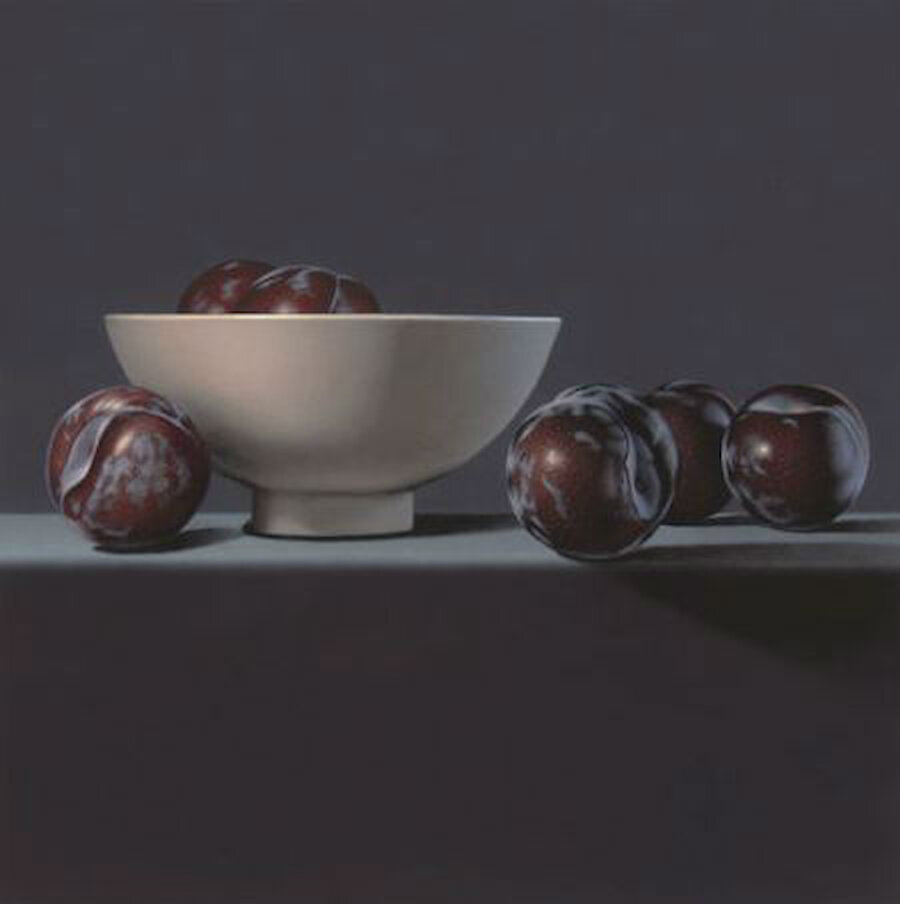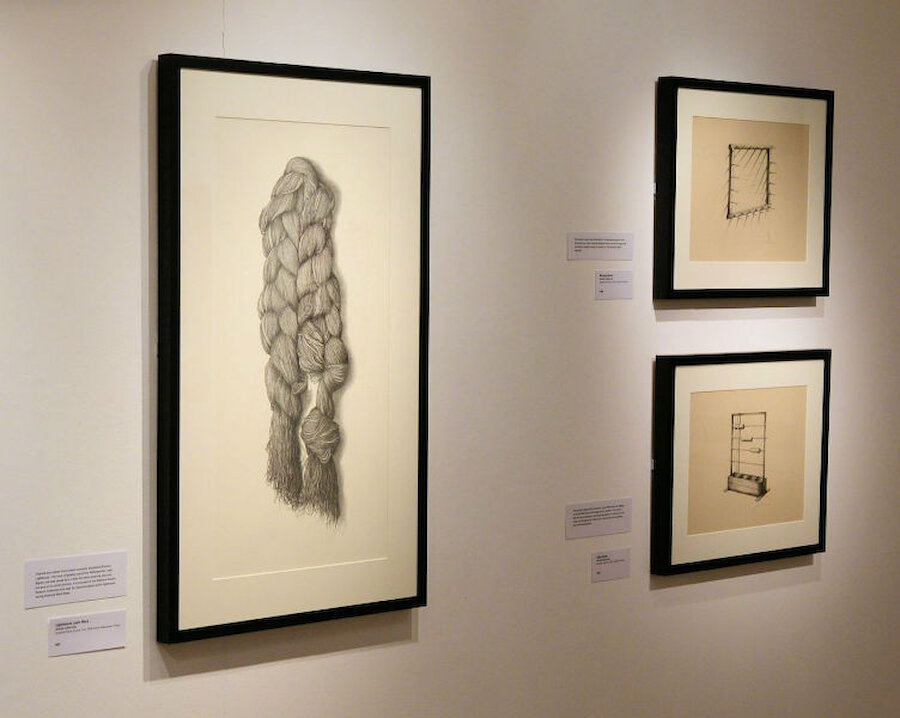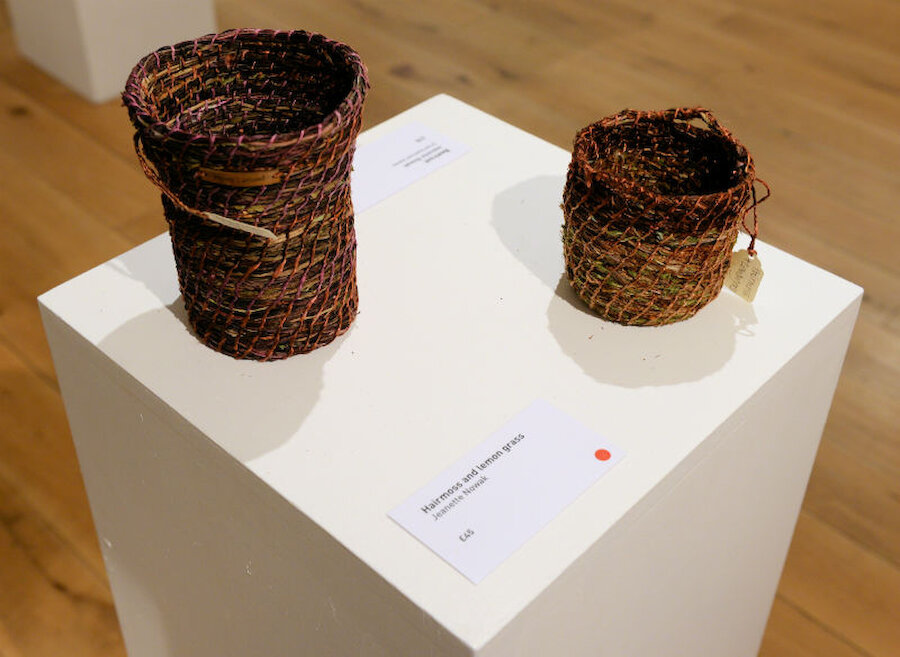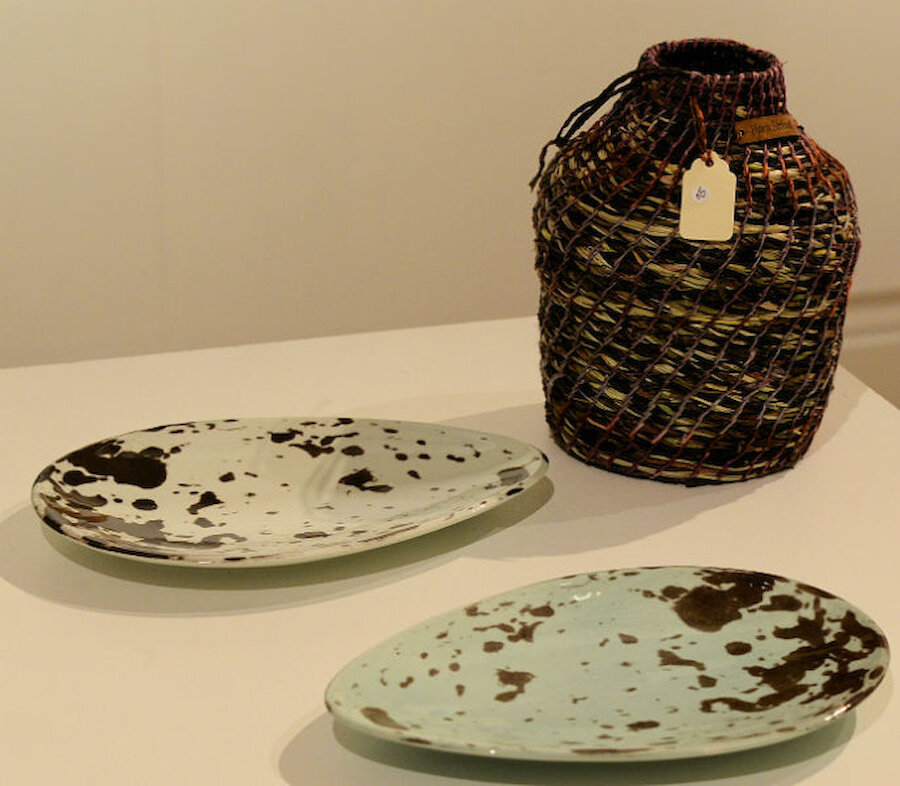Eight artists and makers, all of them with Shetland connections, are currently showing their work in an excellent exhibition in the gallery (Da Gadderie) at the Shetland Museum and Archives.
Jeanette Nowak and Anne Bain were born in Shetland; Mike Finnie and Aimee Labourne, have settled here. Chris Rigby and Carolyn Dixon have been regular visitors. Bill Brown has recently returned after a long art-teaching sojourn in Glasgow; and Brian Henderson, after teaching in Shetland for many years, now lives in Edinburgh. What connects them is that they’ve all found Shetland a very agreeable and stimulating place in which to pursue their creative careers.
It’s a varied show, embracing painting, drawing, ceramics and basketry, but the quality is impressive throughout.

